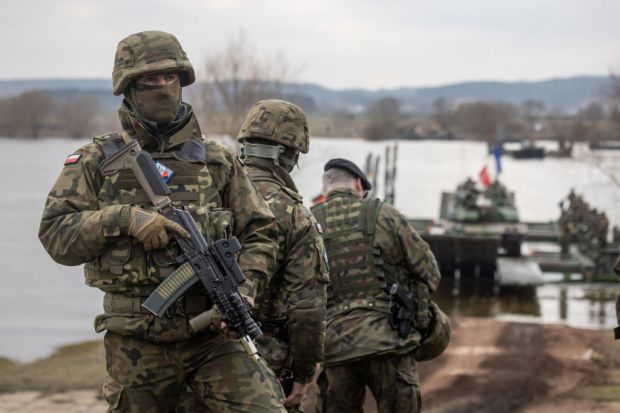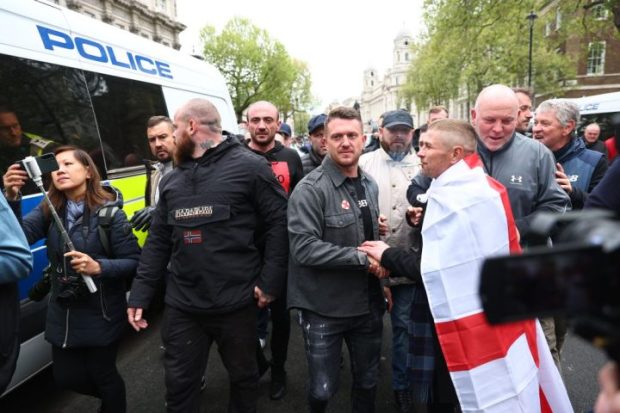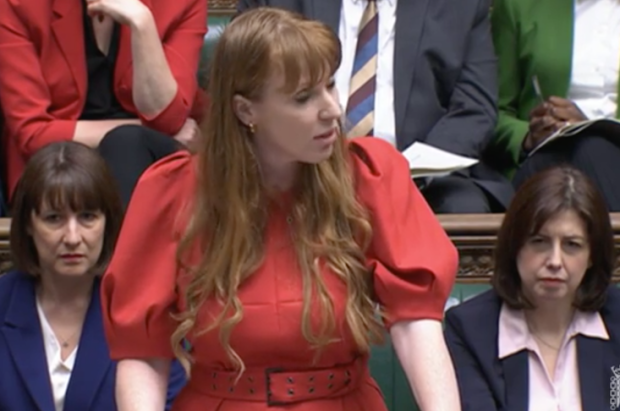When Boris Johnson revealed his roadmap out of lockdown at the end of February he promised a ‘one way road to freedom.’ Since then, it has seemed that instead of freedom we may end up with continued social distancing, perhaps Covid passports and mandatory mask-wearing. The justification offered is that the virus might come back. But does the data back up this pessimism?
I’m an academic at Bristol University and have developed the Predictor Corrector Coronavirus Filter (known as PCCF) model, updated daily on The Spectator’s data hub. It confirms that we can safely return to the ‘old normal’ on 21 June with no need for extra measures. It predicts that a complete abolition of restrictions on that date will not see a third wave of any significance.
Throughout the pandemic, the PCCF has successfully projected the trajectory of the virus. Models might have a bad reputation after the last year, but ours has constantly chimed with the official ONS estimates of the virus’ behaviour. This is why I think our projection deserves serious attention.
Here is our main finding: that, even with a genuine abolition of restrictions after 21 June (including social distancing), the ‘third wave’ of infections should be minimal…
…and have an even smaller effect on Covid deaths:
The assumptions
Any model is, of course, only as good as its assumptions. So here are the assumptions fed into the PCCF
- That 95 per cent of adults have now either received at least one dose of a coronavirus vaccine or would be likely to accept an injection if offered
- The government sticks to its age group prioritisation and timetable for vaccination, so that every adult is offered at least a first vaccination by the end of July
- The first jab provides 69 per cent protection against infection/transmission and reduces the chance of dying by 85 per cent after eight weeks
- The second (coming 8-12 weeks later) will boost the eventual figure to 80 per cent for infection/transmission and provide 97 per cent protection against dying.
Once these initial assumptions are fed into the model, we then also need to input estimates of the Social Distancing Index (SDI) to calculate the numbers of infections on a daily basis. The SDI is the average number of people in a wholly vulnerable population to whom an infected person with the virus will pass on their infection. It is a scientific measure of a nation’s social mixing behaviour at any given time: the more social mixing that is going on in society, the higher the SDI will be and vice versa.
So what are the SDI assumptions fed into the PCCF? First, the SDI, currently low, will increase as society returns to ‘normal’. Second, before Covid-19 took-off, the SDI was originally around 3.0. (in other words, the way that society functioned meant that every infected person would infect three others). But the new Kent variant (B.117) is 50 per cent more infectious and therefore this takes the unrestricted SDI up to around 4.5 (based on the assumption that this variant has taken over completely).
The PCCF shows what the SDI has been each day up to the time of the second step on the government’s roadmap (including after the reopening of schools on 8 March). It then uses Sage’s top-end estimates for what the SDI will be at future steps (including this week’s reopening of non-essential retail):

By then inputting the SDI data into the PCCF, we can see how the virus will behave when the nation unlocks. See chart below.
We can see that opening schools on 8 March did cause a temporary spike in the SDI as people began mixing again, which caused the R-rate to go just above 1.0 for a day. Then, after this, it fell back again. We can expect the R-rate to behave in a similar fashion for steps 2 and 3, as shown.
The reopening of society on 21 June (final step 4) will cause the R-rate to go up to about 1.4. It will then fall back, but stay above the critical value of 1.0 (anything above 1.0 and the virus will grow) until the end of September.
This suggests, in other words, that active cases of coronavirus will rise in the summer before fading away in the autumn, as was shown in the first chart. Let’s look at it again, but this time on a logarithmic scale to magnify movement at the bottom.
To calculate death, we need to know what the infection-fatality rate (IFR) of the virus is – in the absence of vaccination. This can then be modified in relation to the progress of the vaccination in each age group. Based on data for January, when the Kent variant was in full swing and the vaccination effect was minimal, the IFR was 1.37 per cent. This figure, which may be pessimistic, can then be used by the PCCF to calculate the number of deaths per day, as shown in the below chart: again, this time, on a log scale.
Make no mistake, this is the vaccine effect: deaths in any given single day would stay below 20 on this model, while the total number of deaths from 12 April to 15 December 2022 should be less than 3,500. While these figures should not be regarded as exact predictions, even if the reality turned out to be three times as bad, this would still not count as a large exit wave.
By the end of the year, 81 per cent of England’s population is likely to be immune: 37 per cent as a result of vaccination; 31 per cent who have recovered from infection; and 13 per cent from previous T-cell immunity. What’s more, most of the people in the final two categories will, by this juncture, have been inoculated, too.
At this point, England’s immunity will be above the 78 per cent threshold for herd immunity, meaning that any new infections introduced from abroad, whether from South Africa, Brazil, Nigeria, or elsewhere, will not be able to get a grounding here. As SAGE’s Professor Andrew Hayward has said, the vaccines will have drawn their sting and they should start fading away more or less immediately.
There is more good news, still: these forward projections do not factor in the benefit of good weather from the end of June onwards, which will likely further reduce infection rates (and thus mortality) over the summer. This will also allow for a higher fraction of the country’s immunity to come from vaccination rather than infection.
Fundamentally, we are beating the pandemic. Over the last year, the justification for locking down society has shifted from flattening the curve to protecting the NHS and back again – with various other explanations offered along the way. But the outlook today is very different: the vaccination programme really has changed everything. We can now – as Rishi Sunak once put it – ‘live without fear’.
This at least is the opportunity that science and the vaccines offer. Whether that offer is accepted will depend on the politicians – but the PCCF modelling, updated to take account of the recent stunning progress – ought to embolden them.<//>
Got something to add? Join the discussion and comment below.
Get 10 issues for just $10
Subscribe to The Spectator Australia today for the next 10 magazine issues, plus full online access, for just $10.



















Comments
Don't miss out
Join the conversation with other Spectator Australia readers. Subscribe to leave a comment.
SUBSCRIBEAlready a subscriber? Log in